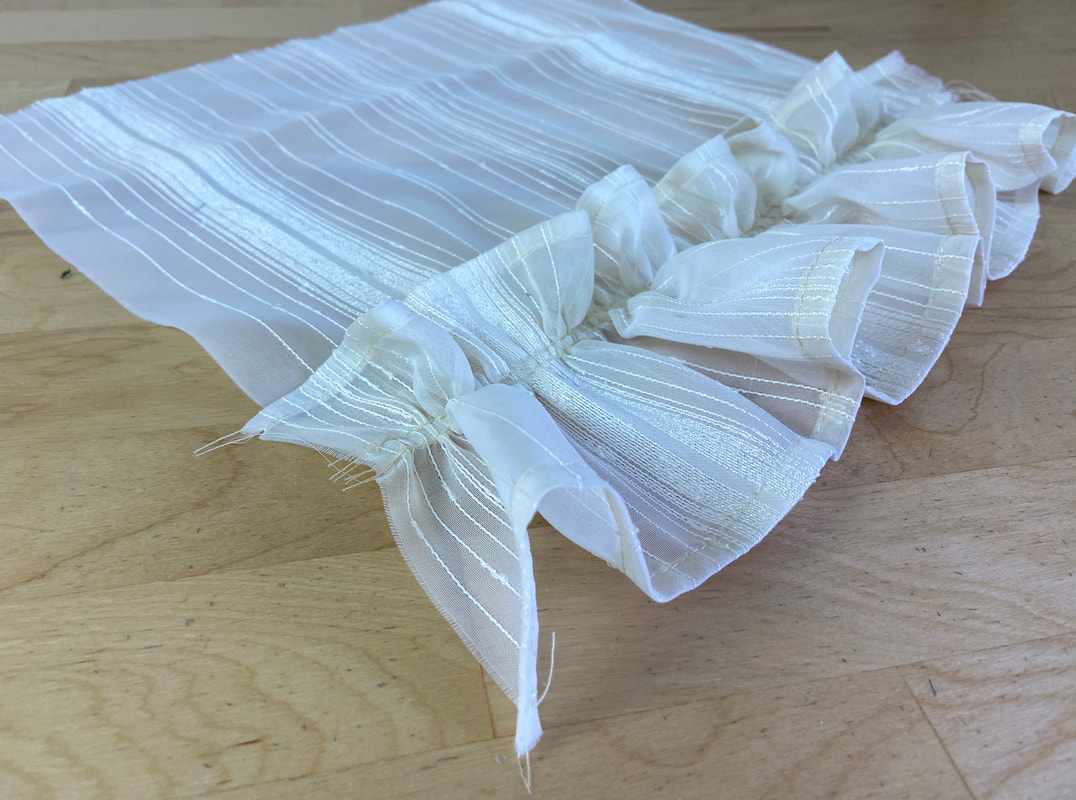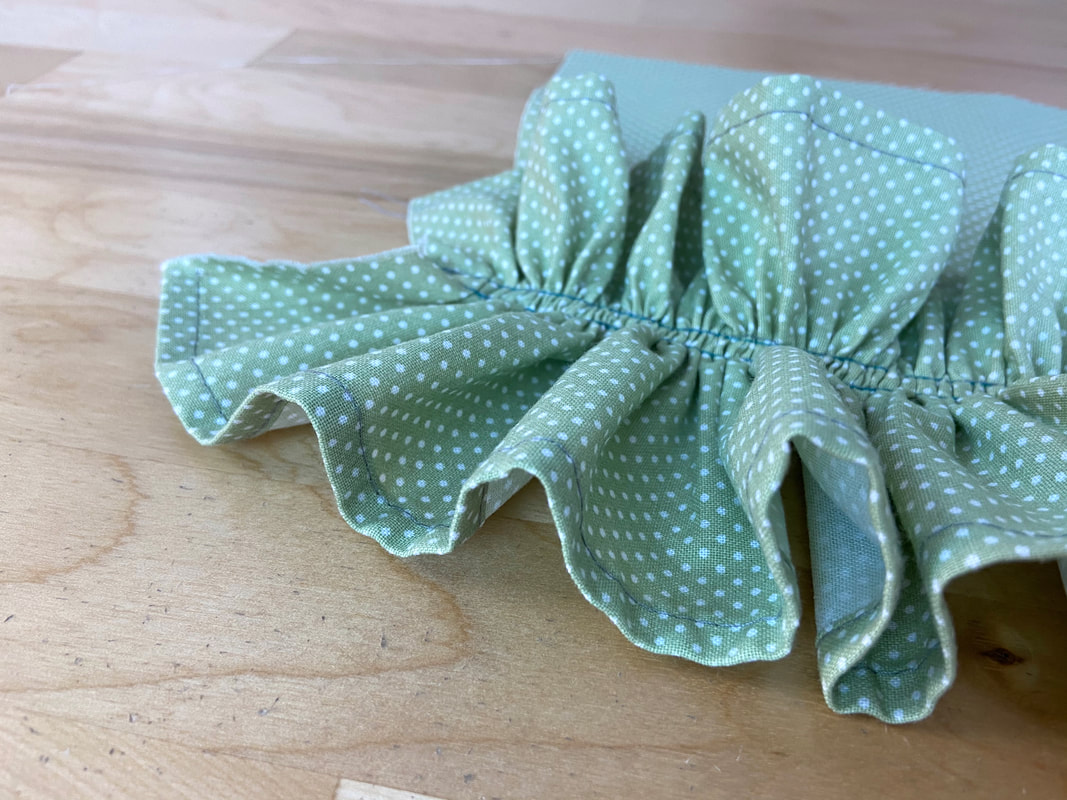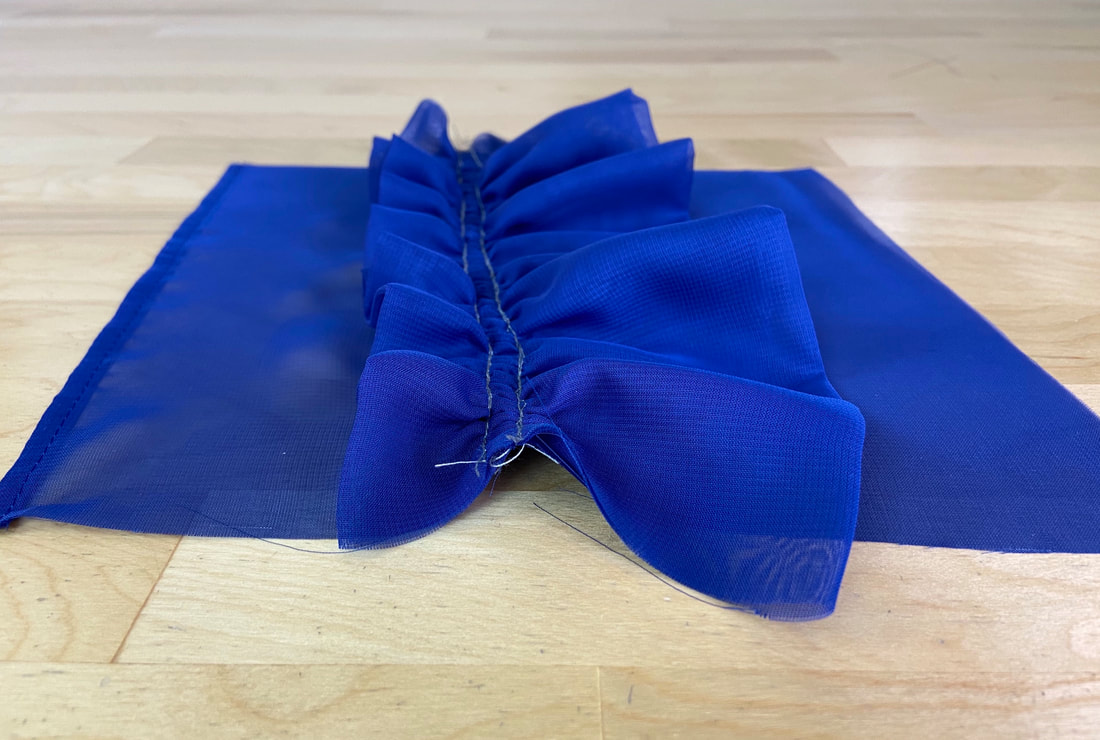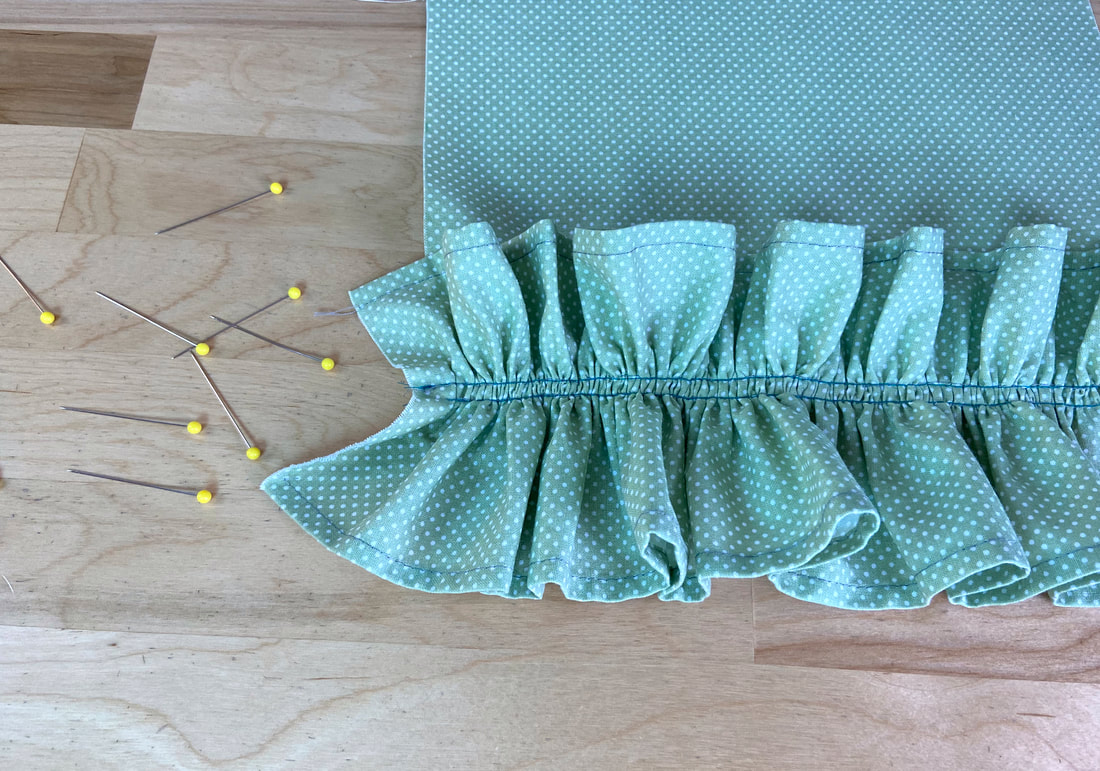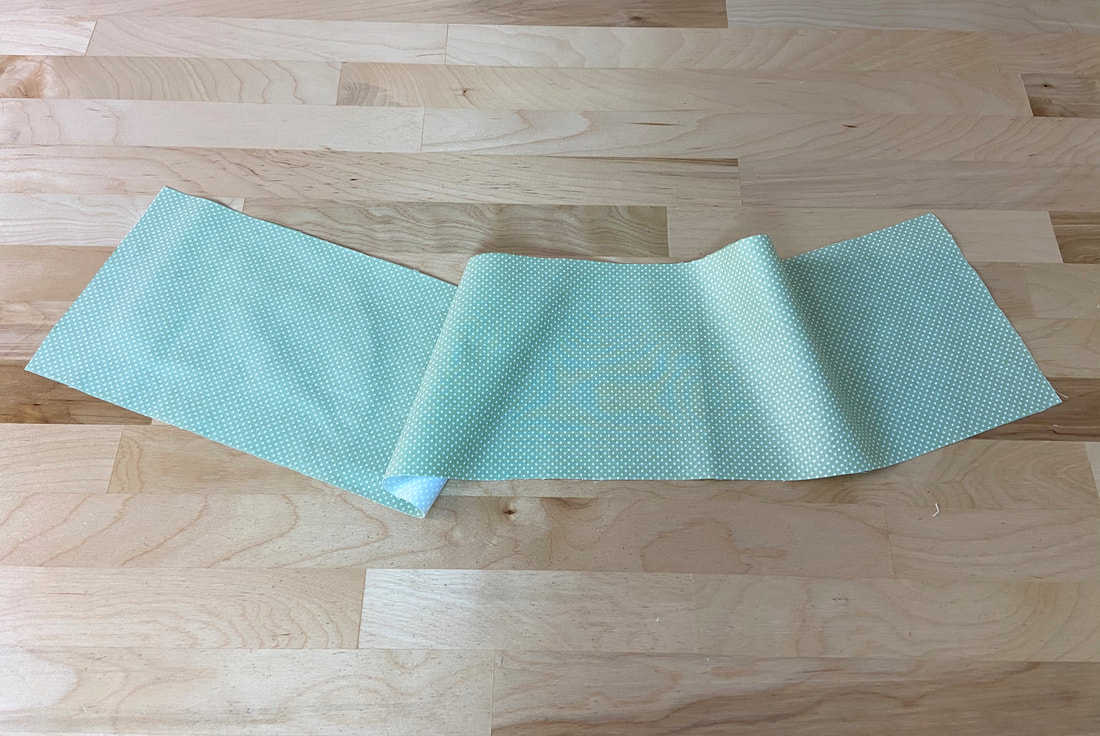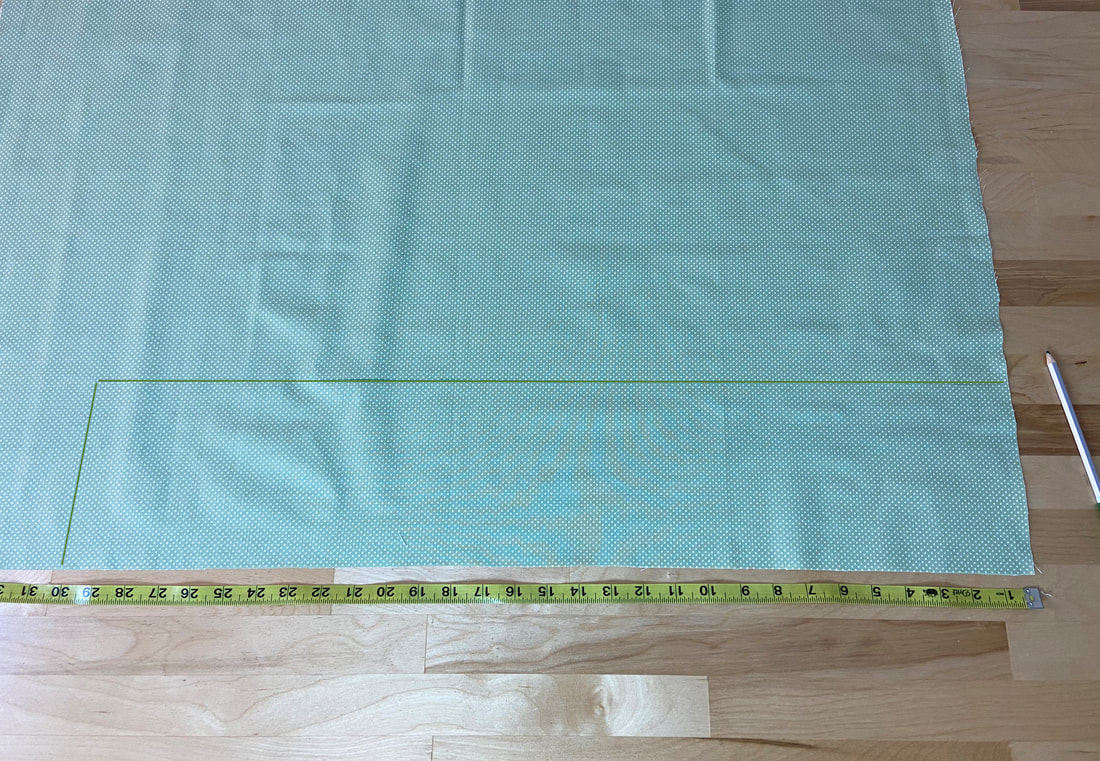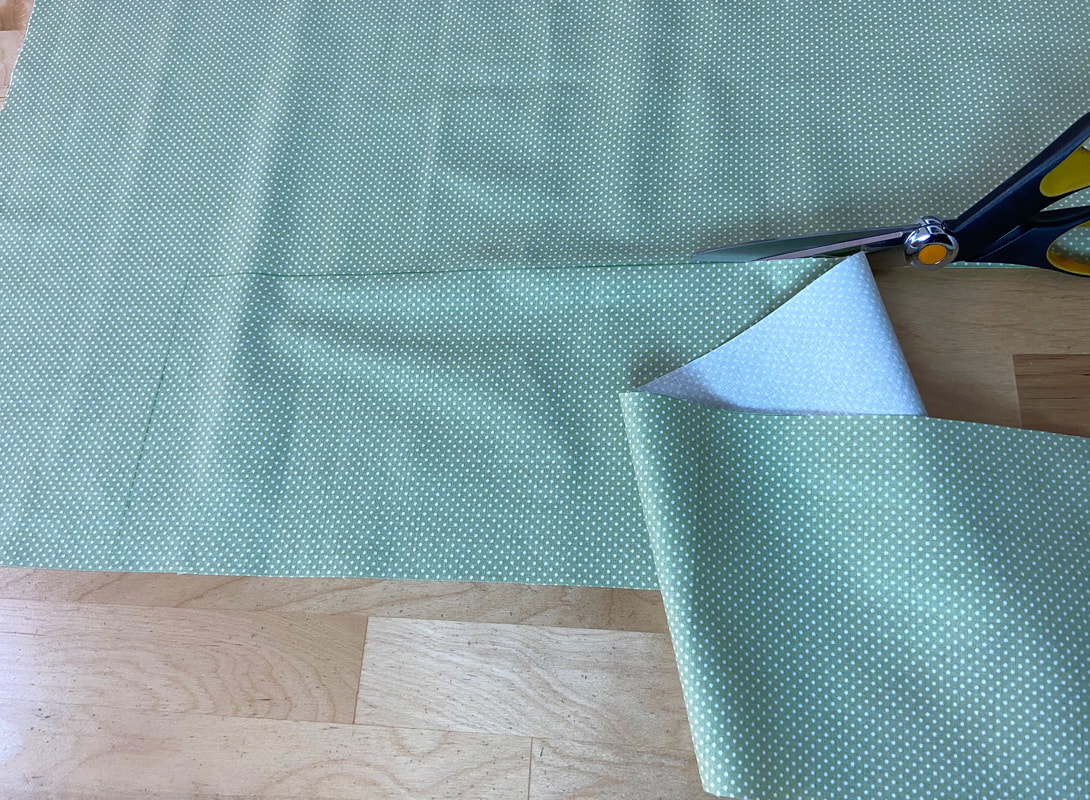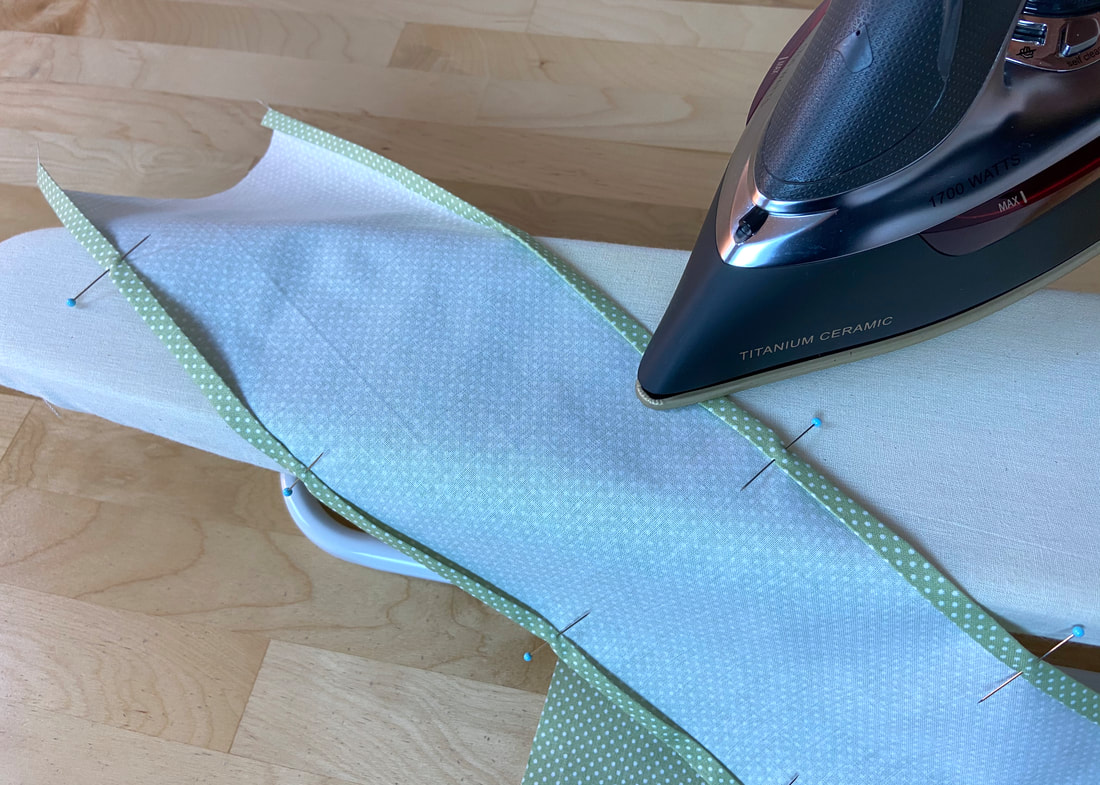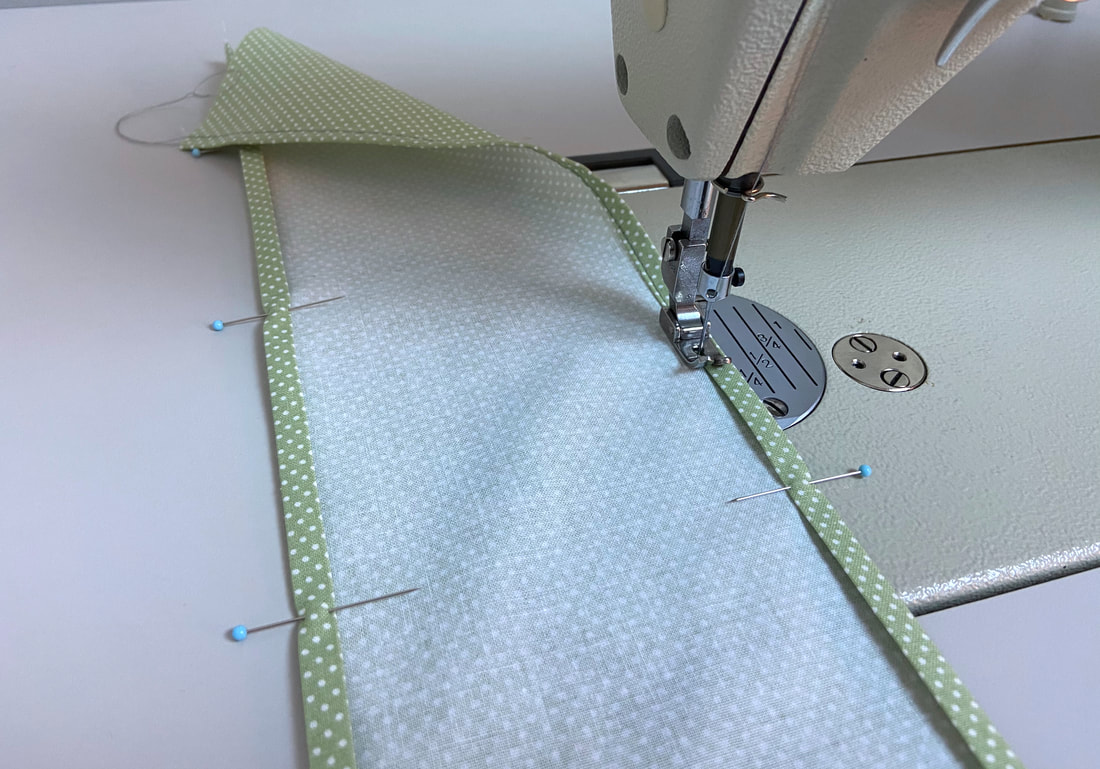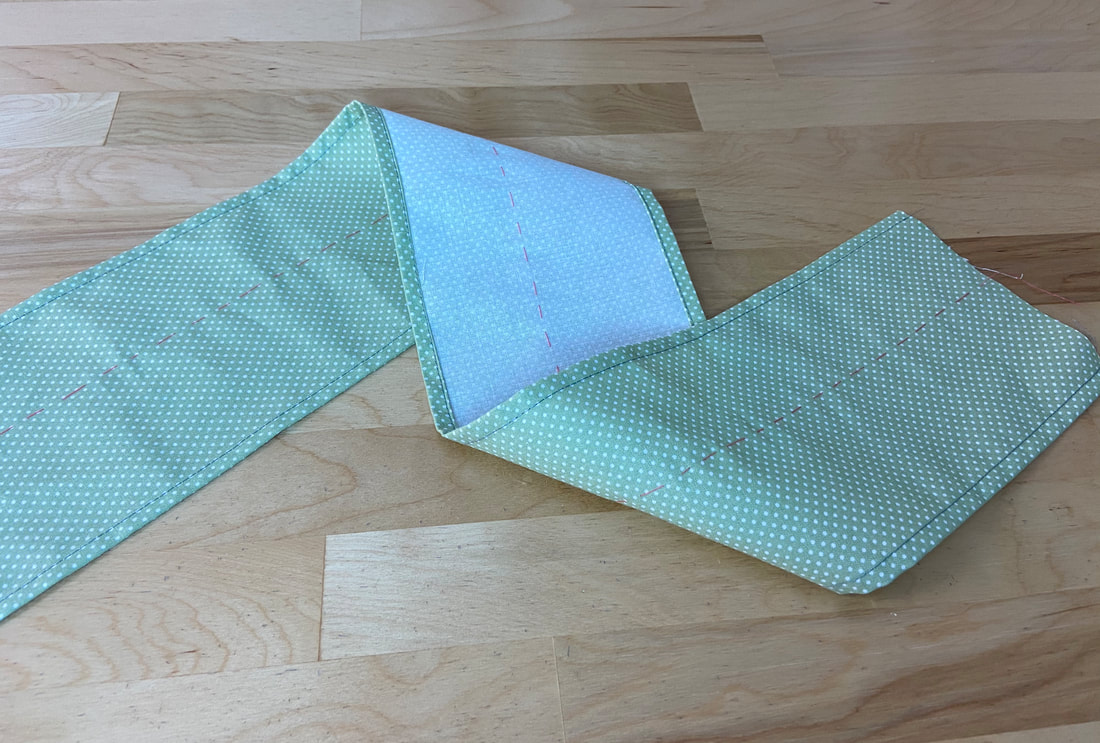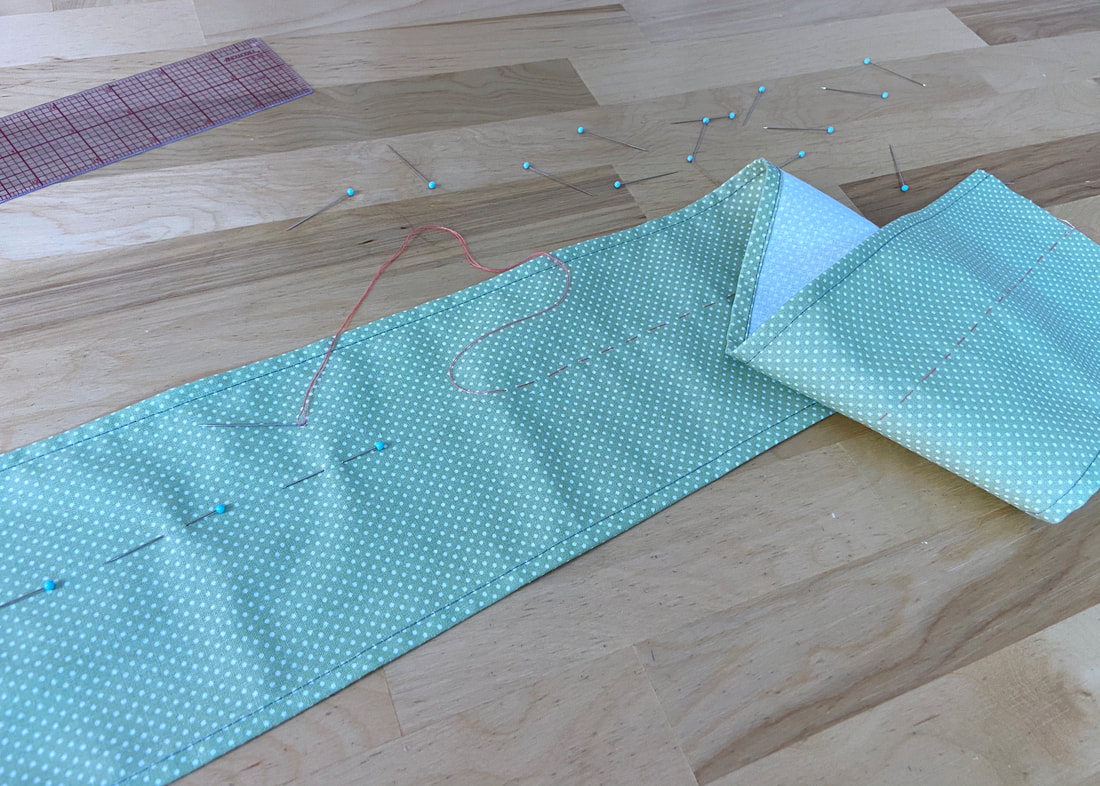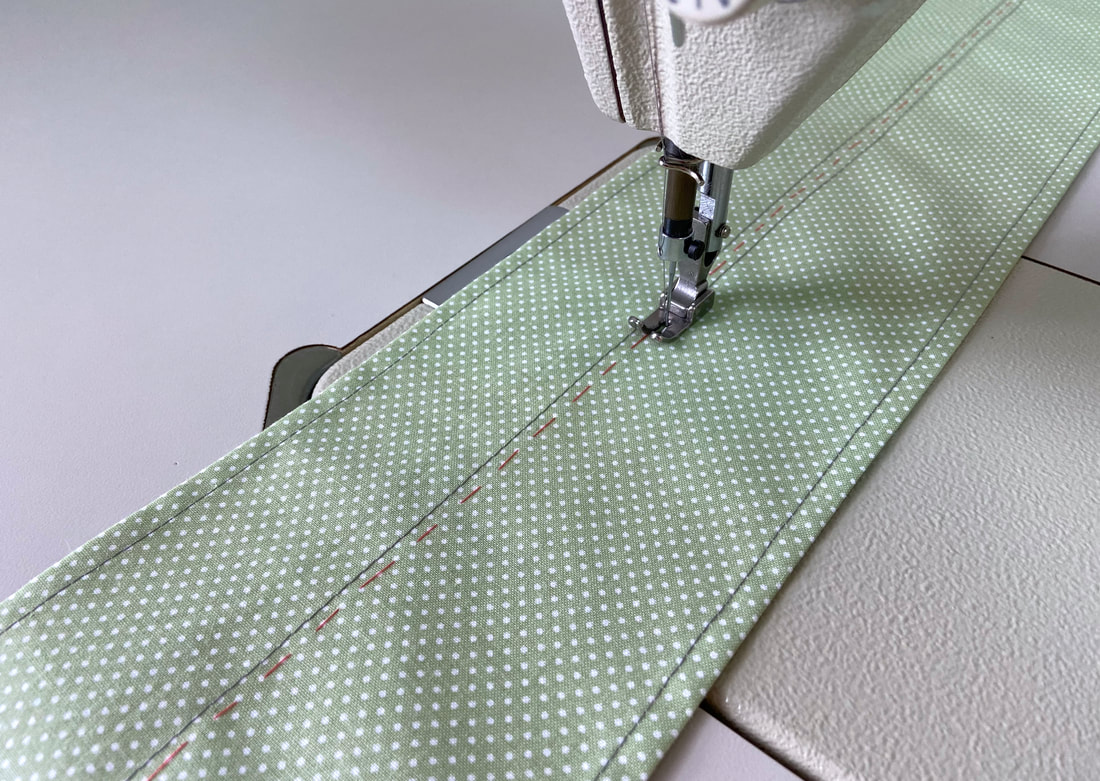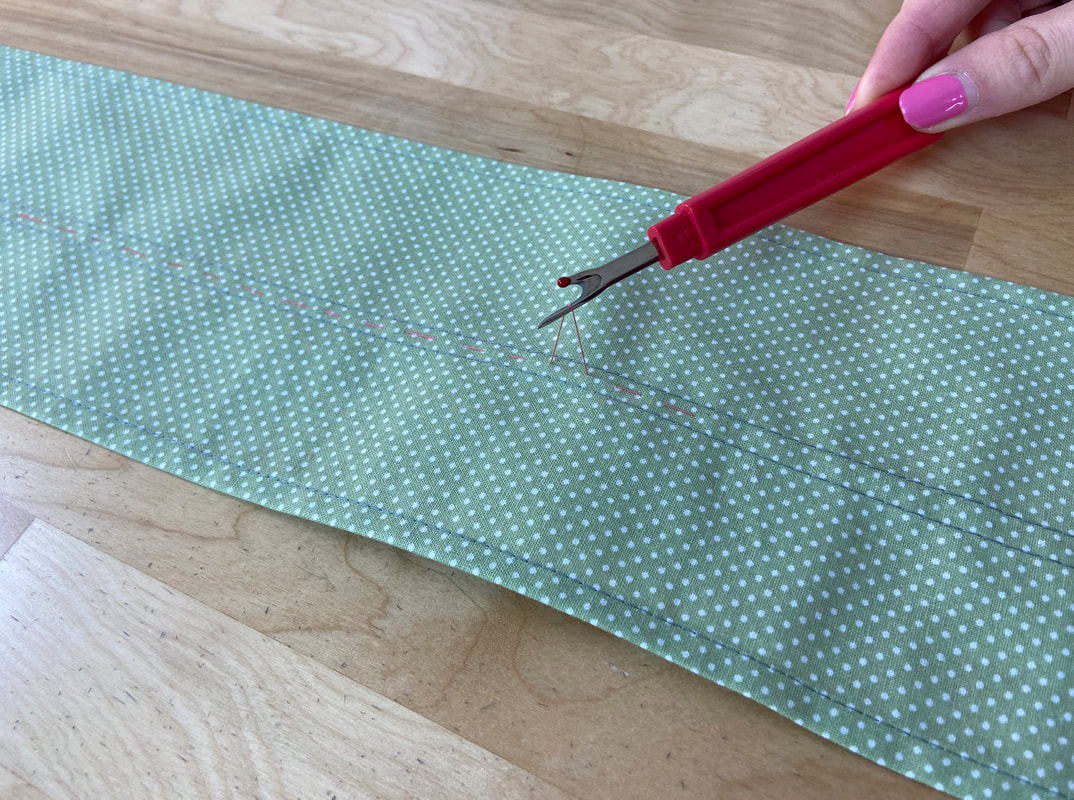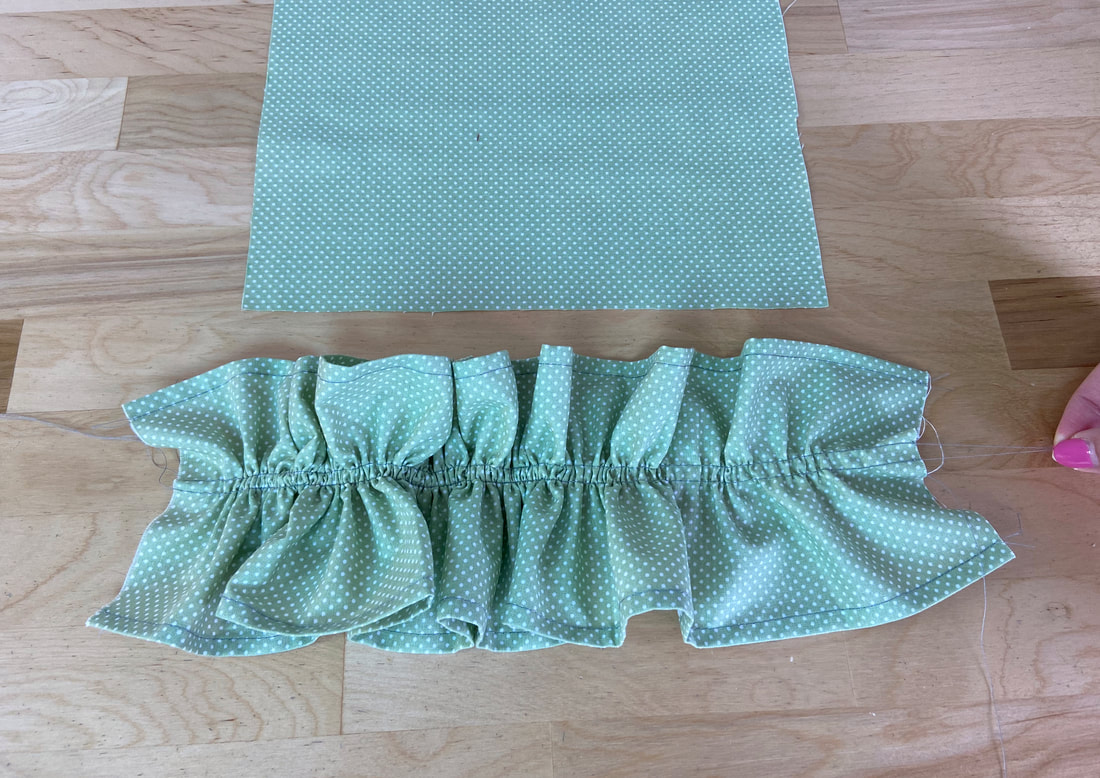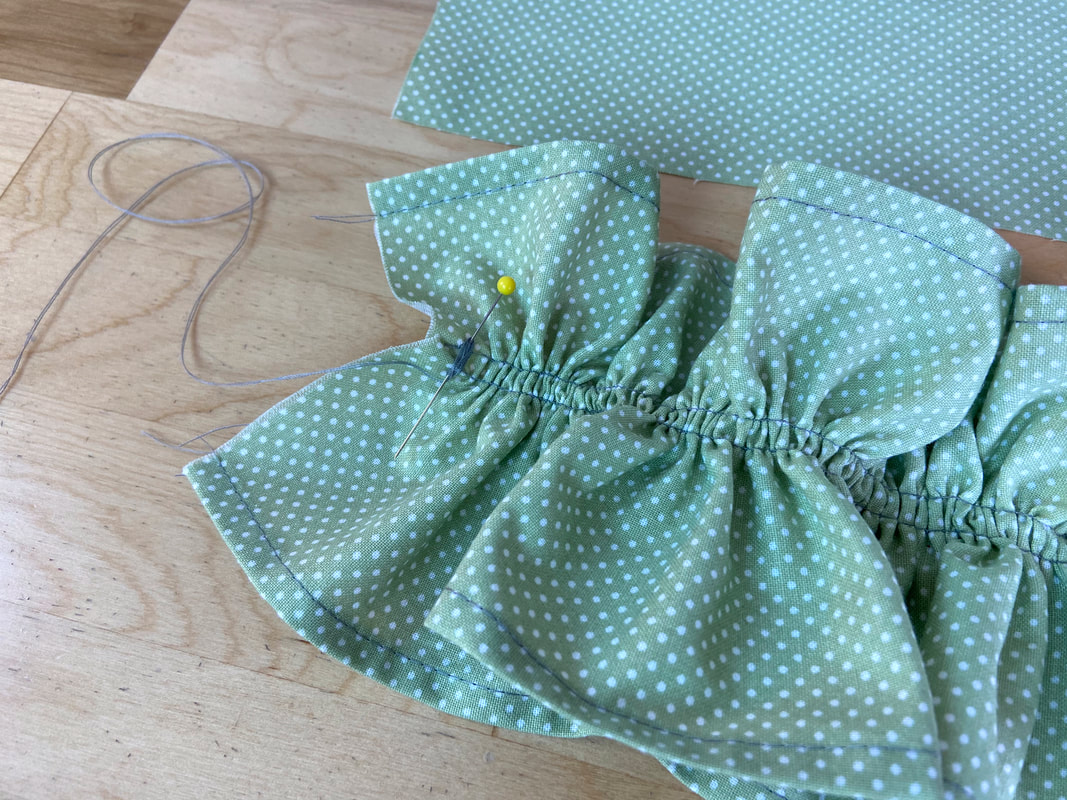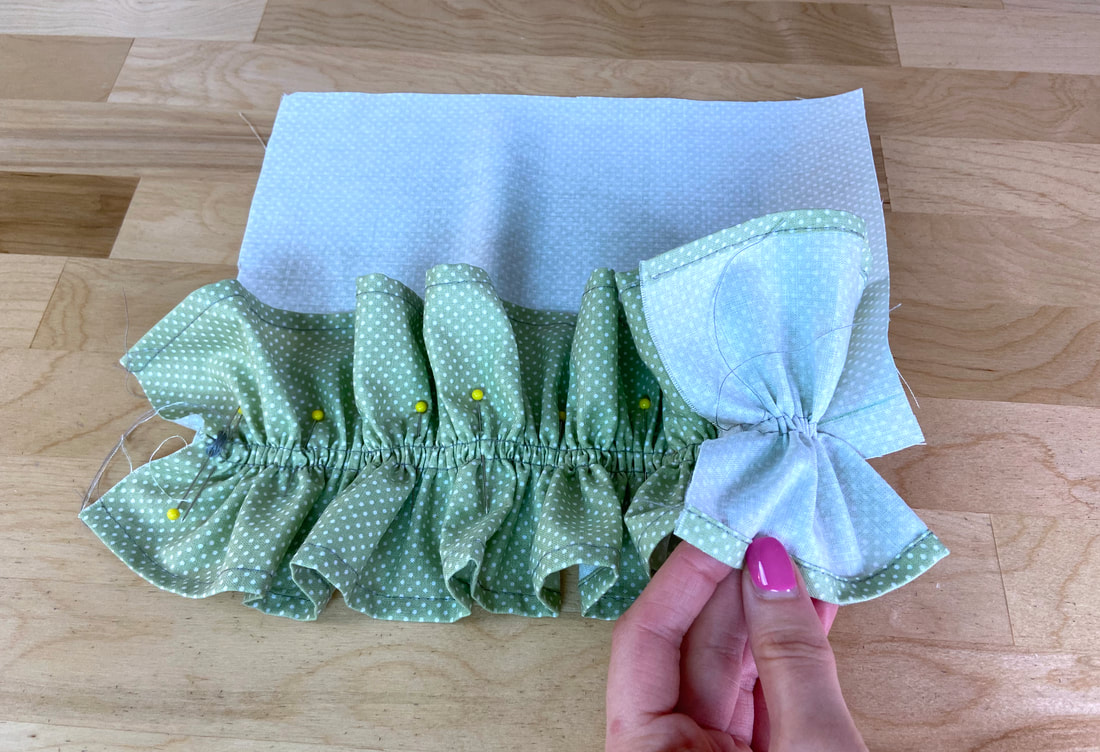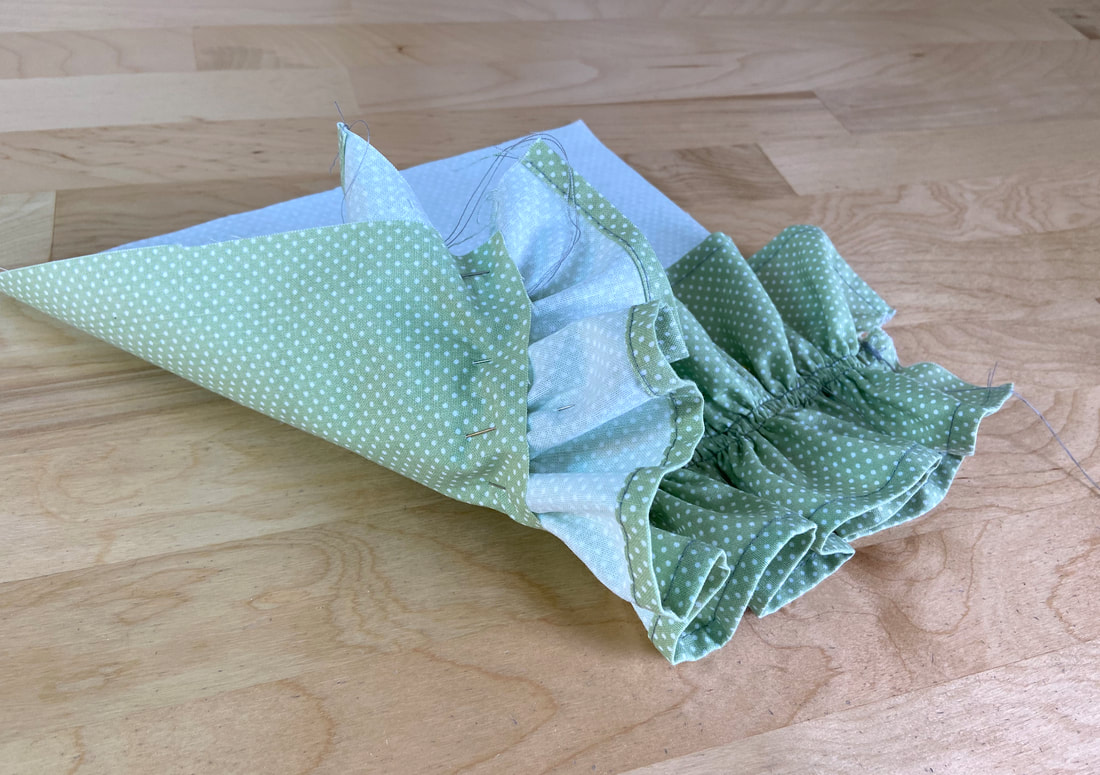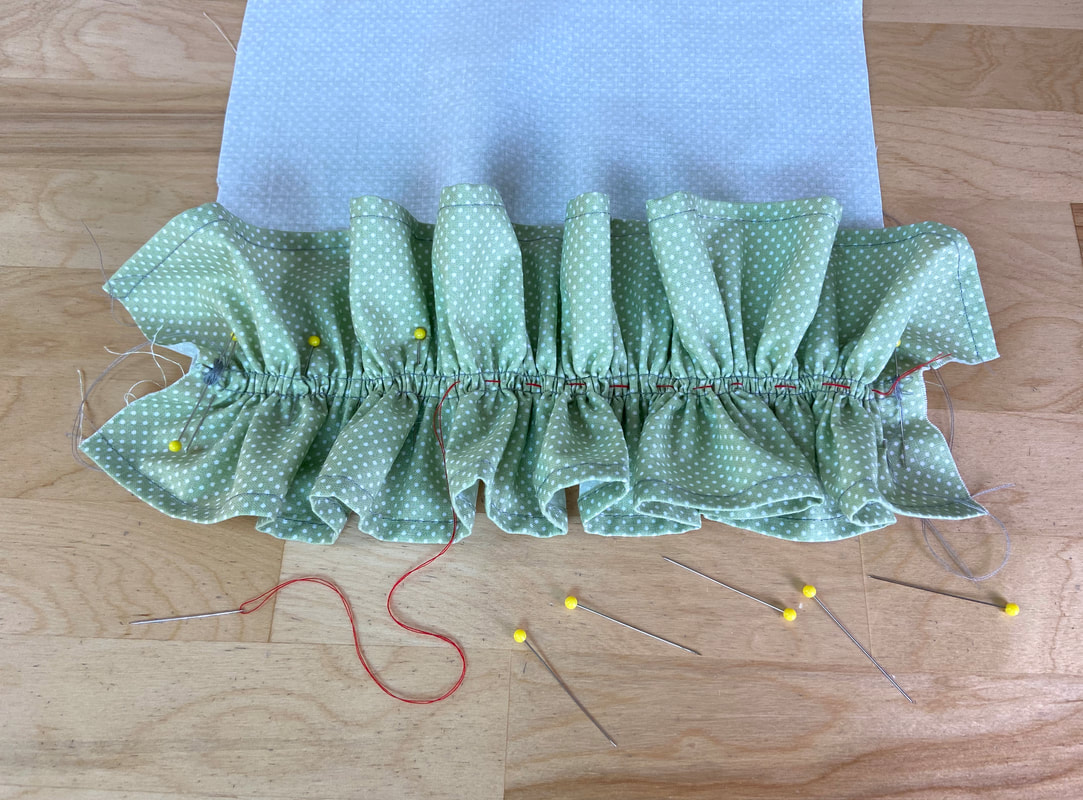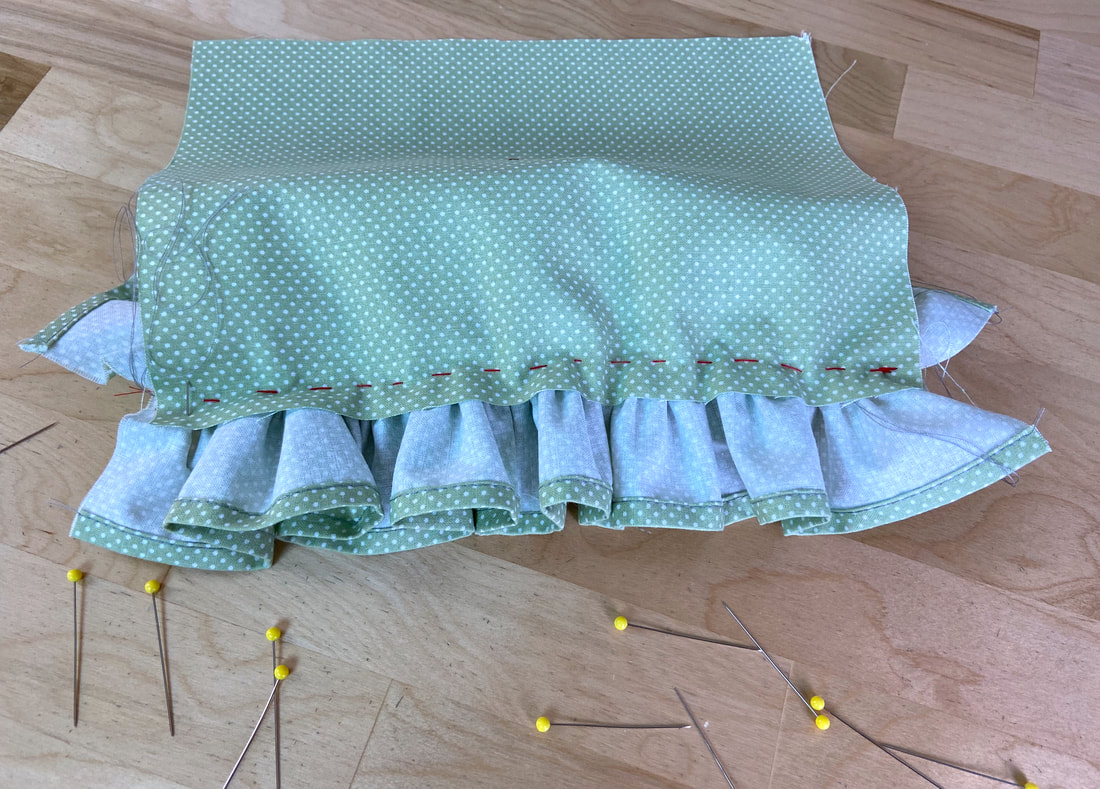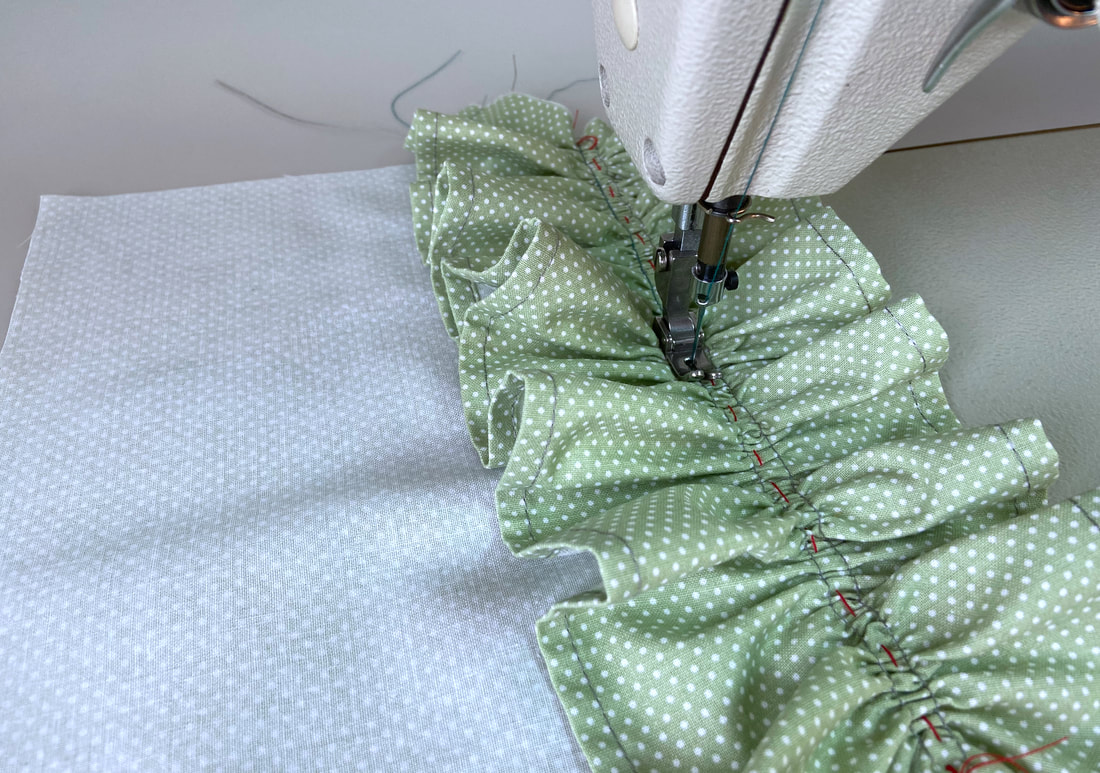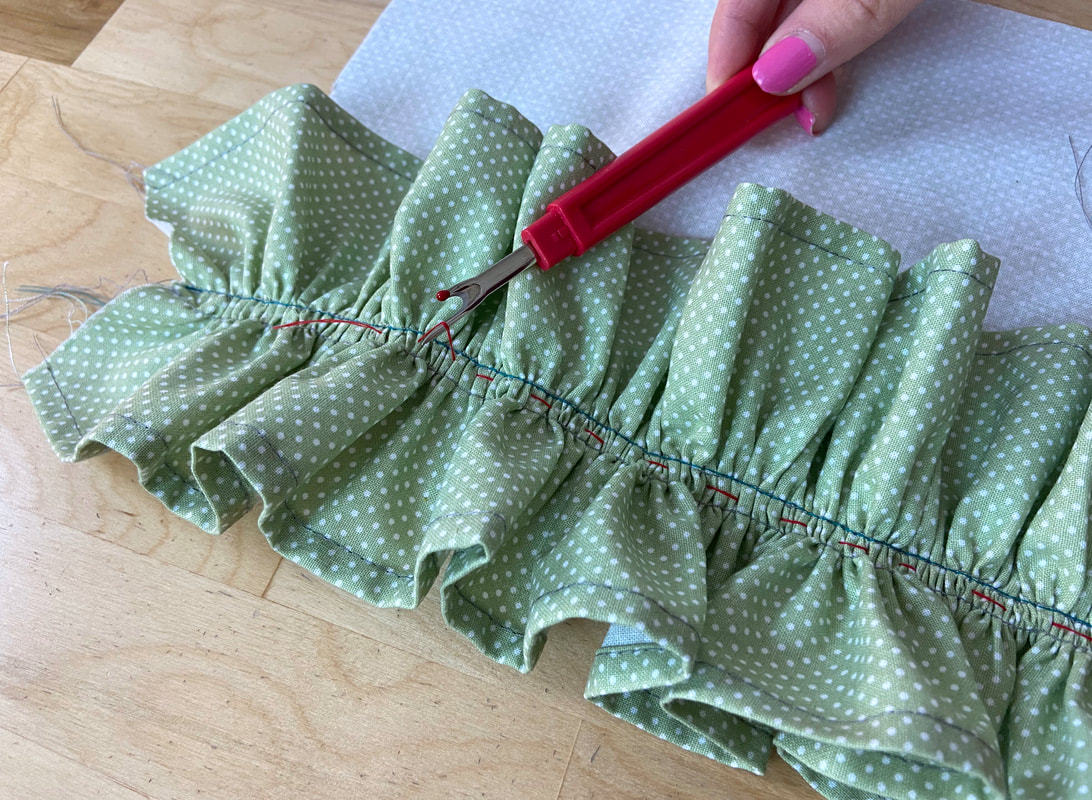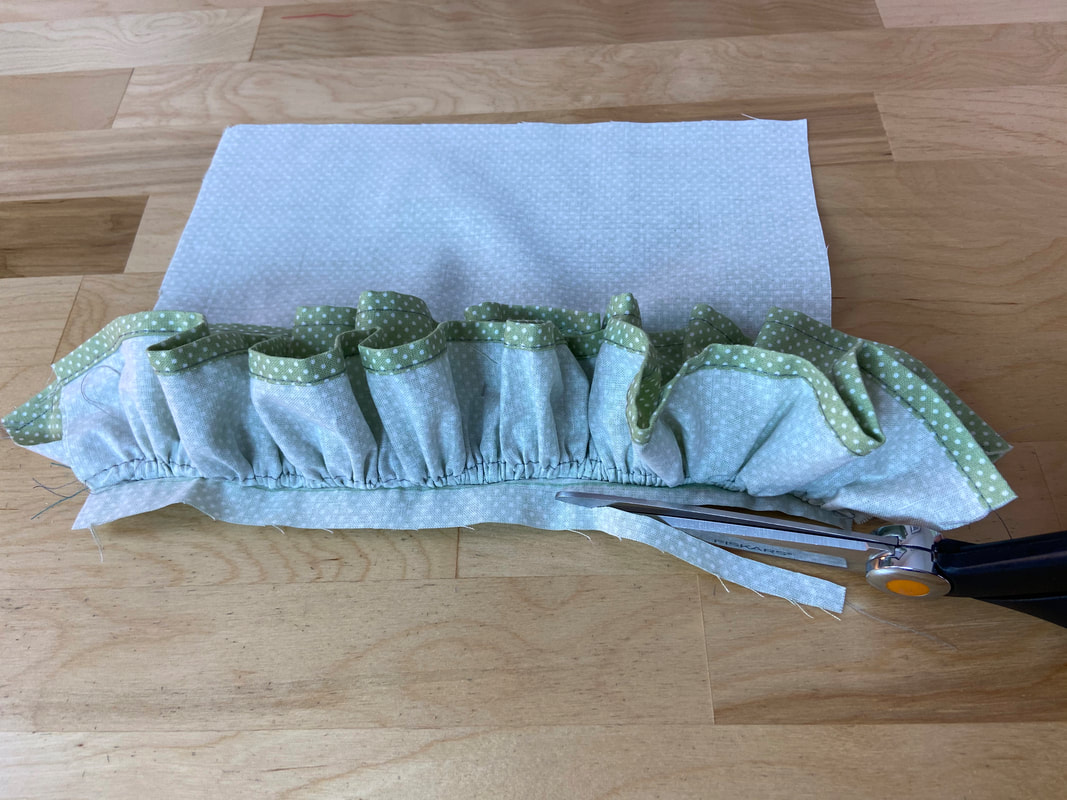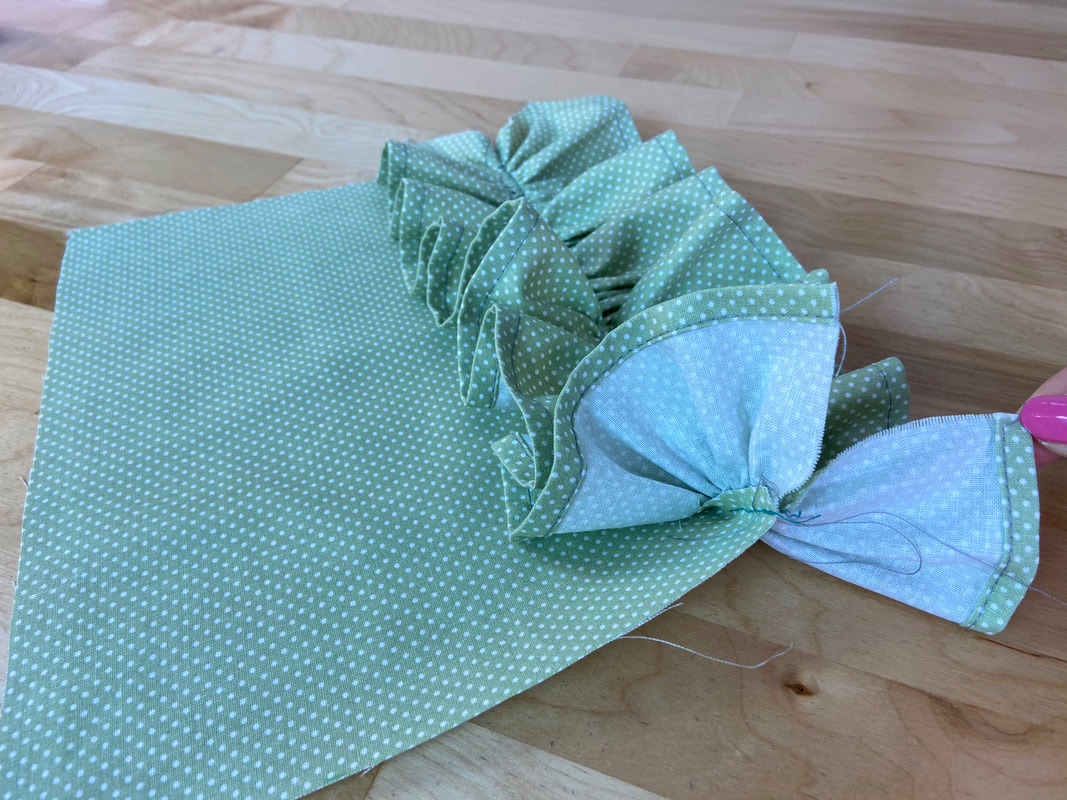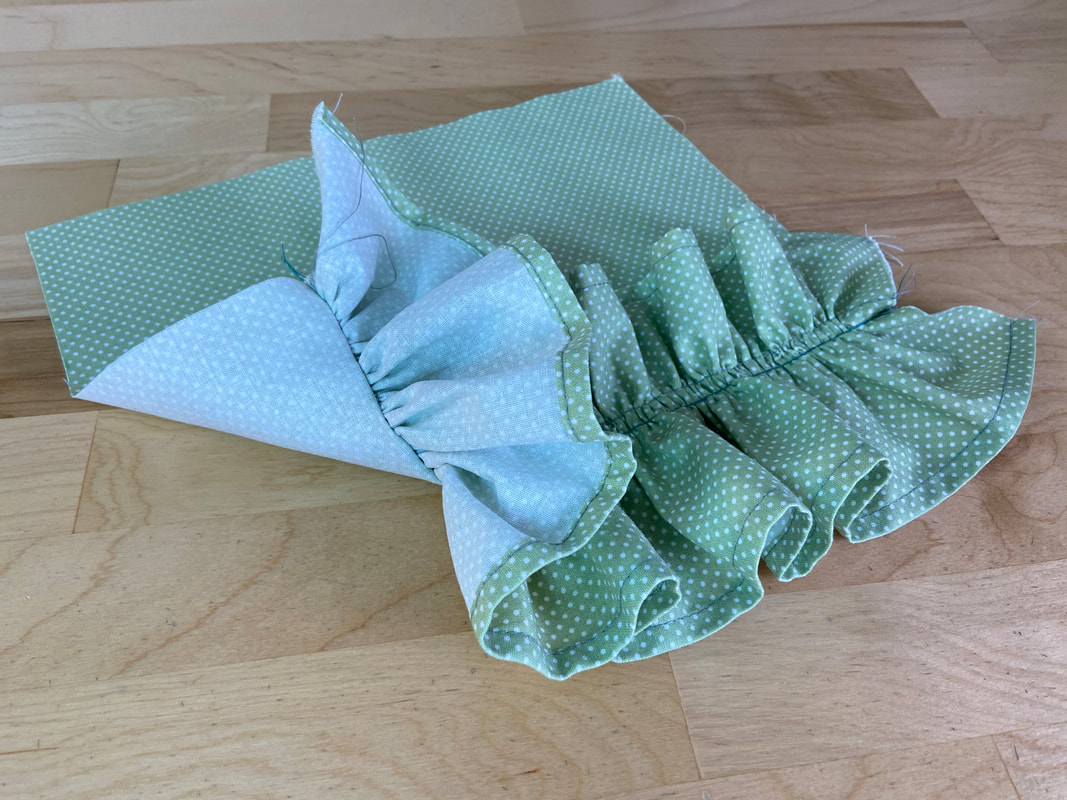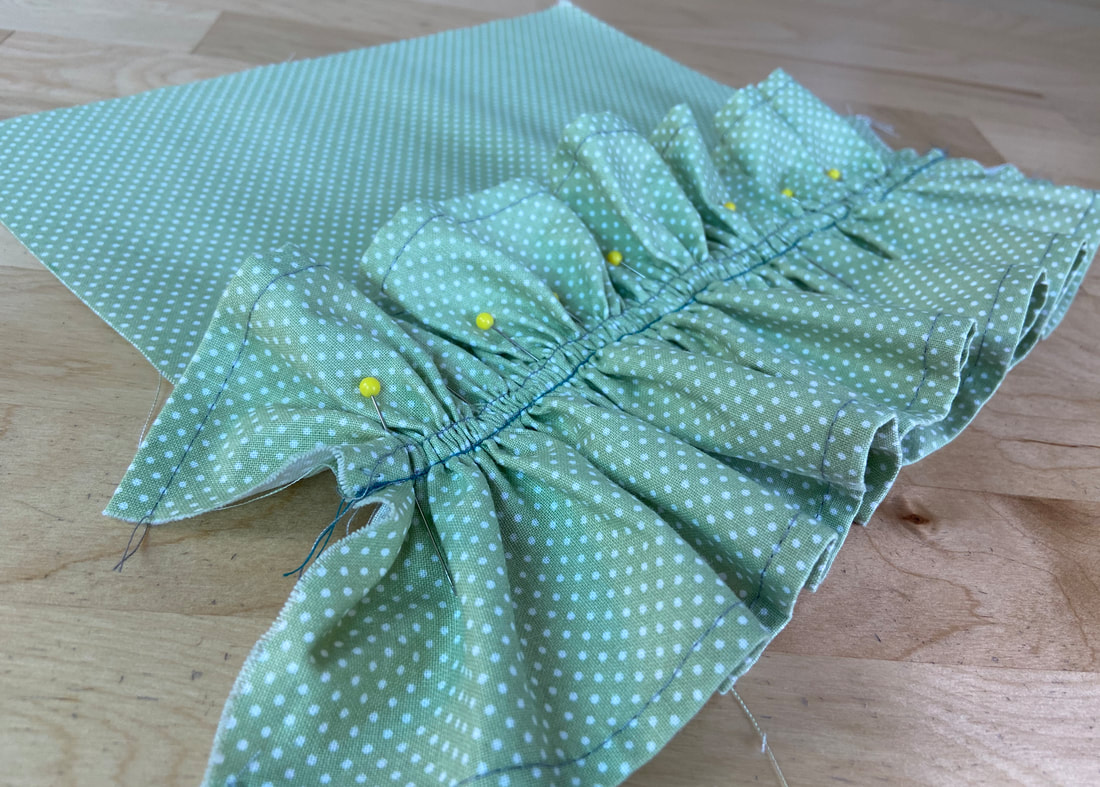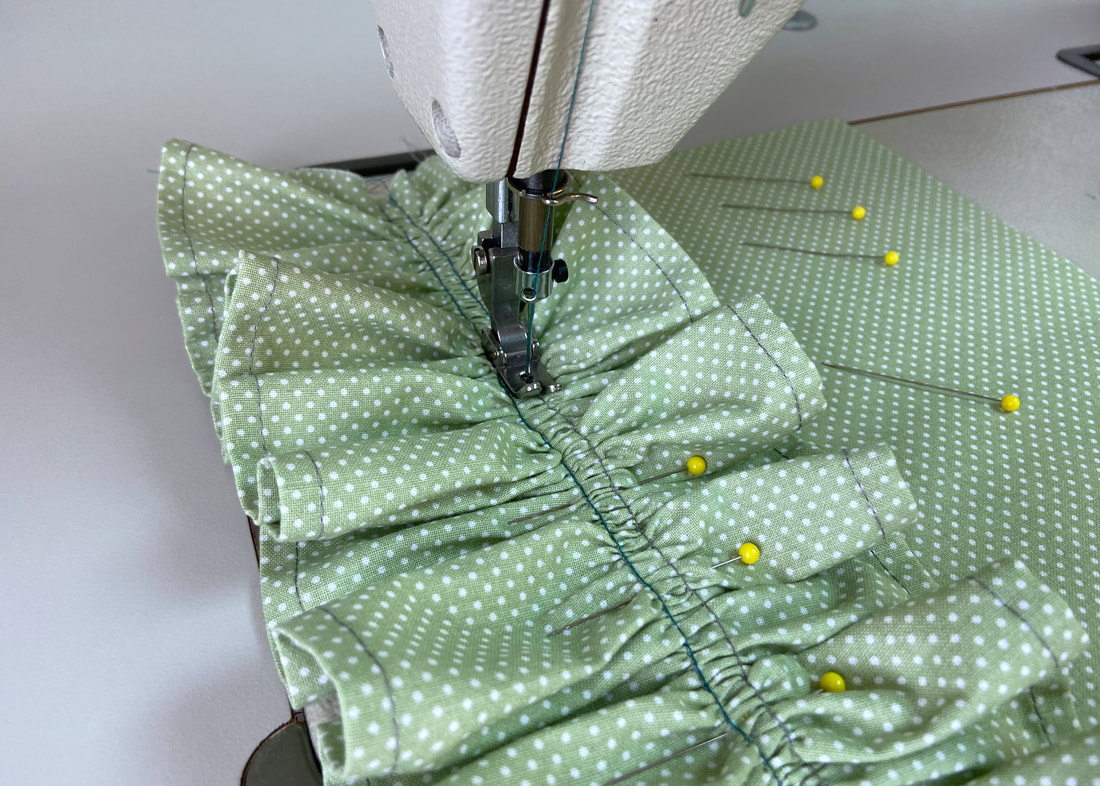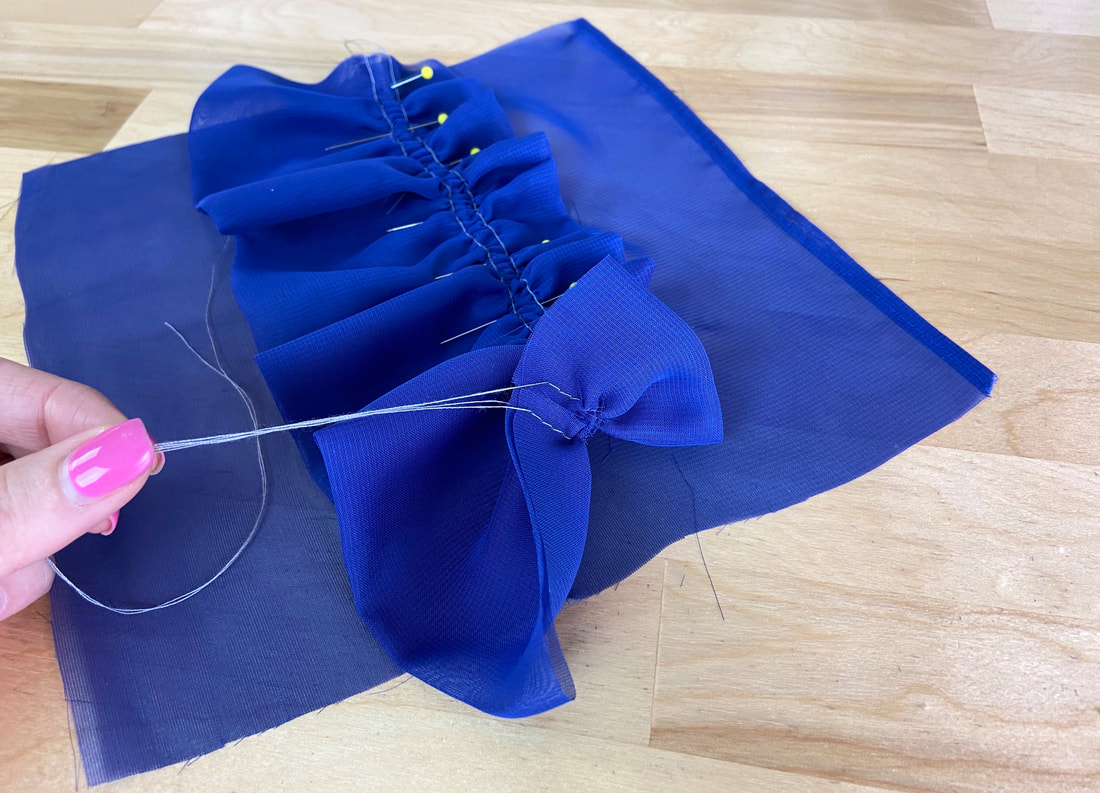What Is A Gathered Heading Ruffle
A heading ruffle features gathering that is added at a specified distance from its top edge to create the illusion of two different ruffles across opposite lengthwise edges.
The top portion of the ruffle is narrower, while the bottom appears much wider. With this concept in mind, heading ruffles should be placed strategically on the garment’s surface or within a seam in order to create the desired effect.
As opposed to a regular gathered ruffle, both lengthwise edges on a heading ruffle are free-hanging and thus have to be finished individually. The finishing technique used for these edges depends on whether the ruffle is a single layer or a double layer style.
A single layer edge is usually finished with a machine-applied baby hem or hand rolled technique. Other options include binding, trim and lining.
With a double layer heading ruffle, the initial fabric strip is cut at double the entire width of the finished ruffle. The strip is then folded along both edges to self-finish the ruffle on both sides. Although this is an easy way to clean finish a gathered ruffle, it may not work with all fabrics. A double layer ruffle is mostly used with lightweight, sheer fabrics as it provides added structure and a convenient way to finish both ruffle edges simultaneously.
In this tutorial, you’ll learn how to sew a single layer heading ruffle which is then stitched to a fabric edge.
How To Measure And Cut The Heading Ruffle Strip
Let’s get started with cutting and preparing the ruffle fabric strip.
Determine the individual width of the top ruffle portion and bottom ruffle portion, and add the measurements together. This measurement will dictate the full width of the ruffle fabric strip.
In this case, the top portion (or heading of the ruffle) is 1.5” wide. The bottom portion is 3” wide.
Accounting for two seam allowances of ½” (1” total) along each lengthwise edge, the final ruffle fabric strip is cut at 5.5” wide.
The fabric strip length should be three times that of the finished ruffle plus another two seam allowances of ½” on each side (1” total). In this case, the fabric strip length is a total of 30”.
Using a ruler and fabric pencil (or tailor’s chalk) draw a long rectangle measuring 30” x 5.5” on the fabric’s crosswise grain as shown.
Carefully cut the fabric strip following these marked lines.
Sewing The Gathered Heading Ruffle To A Fabric Edge
1. Clean-finish both of the ruffle’s lengthwise edges using the method of your choice. This can be a folded and machine stitched technique or a rolled hem. In this case, the edges have a ½” seam allowance and thus, each is folded twice at ¼” toward the fabric’s wrong side, and topstitched. Iron as you fold and insert pins perpendicular to the edge.
2. Machine topstitch using the inner fold lines as a guide.
3. From the fabric strip’s top edge, measure the desired width of the ruffle’s top portion (heading). In this case, the heading width is 1.5” as noted above. Mark a straight line using a hand basting stitch.
The easiest way to do this is to measure with a ruler and use pins to mark the general line first, then connect the pin marks with a temporary basting stitch as shown.
4. With the ruffle wrong side up, add a straight stitch (machine basting) on each side of the basting at approximately 1/8”-1/4” distance.
5. Using a seam ripper, remove the hand basting at this point.
6. Gently pull the loose threads from the two straight stitches (applied in Step 4 above) on both ends to gather the fabric strip as shown. Continue pulling until the gathered heading ruffle reaches the length of the garment edge it will be sewn to. Distribute the gathers as evenly as possible.
Once the correct length is reached, wrap the loose threads around a pin on each side to prevent the gathers from unraveling.
7. Align the wrong side of the garment edge with the wrong side of the heading ruffle such that the garment seamline corresponds to the bottom gathering stitch as shown. Insert pins in perpendicular direction to secure the heading ruffle.
8. It helps to hand baste the heading ruffle for extra stability during the stitching process.
9. With the ruffle side up, machine stitch on top of the bottom gathering stitch through the ruffle and garment edge underneath.
Once stitched, remove the center basting stitch using a seam ripper.
10. Trim the garment seam allowance located on the ruffle's underside down to 1/4” as shown.
11. Flip the garment layer on its right side and direct the ruffle upward such that the ruffle is now aligned to the garment edge.
In this position, the gathered portion of the ruffle hides the trimmed seam allowance underneath.
12. Insert pins vertically to hold the heading ruffle in this position as shown.
13. Topstitch through the ruffle’s top gathering stitch to connect it to the garment layer while simultaneously enclosing the trimmed seam allowance completely underneath.
The beauty of this technique is that the garment’s edge is naturally clean-finished in the ruffle application process and thus, the garment’s wrong side looks just as professional as its right side.
Note: To sew a heading ruffle to the garment surface, simply align and pin the ruffle at the desired location on the garment’s face side, and topstitch through both gathering stitches to connect the ruffle and garment layers.

